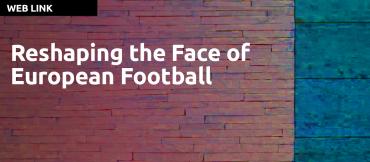Design thinking has been applied to the entertainment industry to develop innovative products and services that meet the needs and expectations of consumers. Design thinking is a human-centered approach to problem-solving that emphasizes empathy, collaboration, and experimentation. It involves understanding customer needs, generating ideas, prototyping solutions, and testing them in the real world.
There have been both successes and failures in the application of design thinking in the entertainment industry. Some companies have successfully used design thinking to create engaging and immersive experiences for their audiences. For example, Disney has embraced design thinking to create new rides, shows, and attractions that provide guests with a memorable experience. The company has a team of "imagineers" who use design thinking to bring their ideas to life.
Other companies have struggled to implement design thinking successfully. Some have failed to fully embrace the customer-centric approach of design thinking and have instead focused on internal processes and systems. As a result, they have developed products and services that do not resonate with their target audience. Other companies have found it challenging to overcome organizational barriers and cultural resistance to change, which has hindered the implementation of design thinking initiatives.
Design thinking has the potential to transform the entertainment industry by creating new and innovative experiences that captivate audiences. While some companies have successfully implemented design thinking, others have struggled to achieve success. However, the increasing adoption of design thinking in the entertainment industry suggests that it is a valuable approach that will continue to drive innovation and engagement in the industry.
Design Thinking has been successfully used in Entertainment. Read case studies on these corporations involvement with design thinking in entertainment:
Netflix Design Thinking? You bet! Within the past decade, there isn’t a better example of a business that has pivoted on the basis of customer preferences, wants and needs than Netflix. And there’s no better example of a business that didn’t, than Netflix competitor Blockbuster.
The total number of fans is the result of a club’s customer experience strategy...It’s up to every club, as a company, to constantly improve relationships with their clients and upgrade customer experience they’re delivering to them...Care for them and they’ll be extremely loyal. Well at least for some period of time...Our challenge was to improve frequency and engagement of the selected target groups for the clubs home matches.
Everyone can feel it, but very few are ready to acknowledge that the world as we know it has changed. Probably for good. We will have to face a new reality post COVID19 and most of us are not prepared to face that fact yet.




